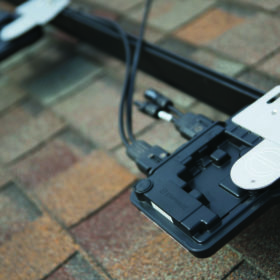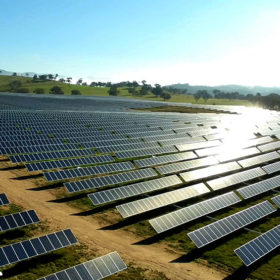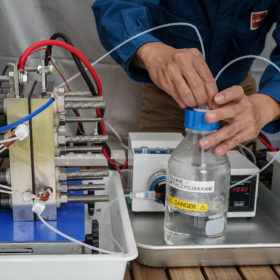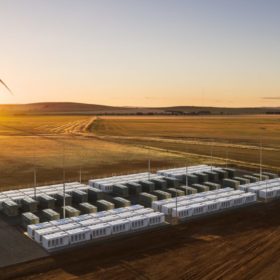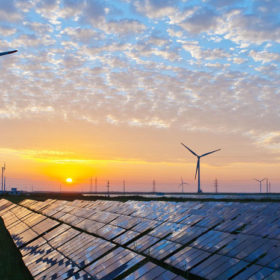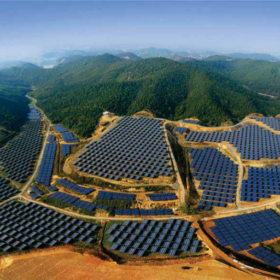Renewable energy investment to slump beyond 2020 amid policy uncertainty
In a briefing looking into the renewable energy investment boom, BIS Oxford Economics estimates solar and wind will attract $20 billion of private investment in FY18 and FY19, spread over more than 70 projects. The consultants warn investment will slow beyond 2020 pointing to the upcoming Federal election as critically important for the future of Australia’s renewables pipeline.
Victoria to make smart inverters mandatory for Solar Homes
Following the decision to require retailers taking part in the Solar Homes program to be signatories to the Clean Energy Council’s Solar Retailer Code of Conduct, the Victorian government has set specific requirements for inverters that will be installed under the program.
Solar supplies more power than brown coal or gas
Solar has grown so much that its output exceeded brown coal and gas over the summer months, between 9am to 5pm. New analysis by Green Energy Markets shows that across the whole of summer, renewable energy produced 128% more megawatt-hours of electricity than gas and 23% more than brown coal.
Queensland sends first green hydrogen shipment to Japan
Green hydrogen has been exported from Australia to Japan, under a trial executed by researchers from JXTG, Japan’s largest petroleum conglomerate, using Queensland University of Technology’s cutting-edge solar cell facility at the Redlands Research Facility on the Gold Coast. On top of that, the Queensland government has announced $250,000 in funding towards the establishment a renewable hydrogen production pilot plant.
Government unveils $50 million pot to power remote communities
The Coalition government has announced funding to support up to 50 off-grid and fringe-of-grid feasibility studies investigating whether building a microgrid can be a cost-effective solution. The studies will also look at whether existing off-grid capabilities can be upgraded with more up-to-date technology.
Strong support for South Australia’s 100% renewables target
New polling from The Australia Institute shows that almost 70% of South Australian voters regardless of political leanings want to see the state transition to 100% renewable energy by the year 2030.
“Over 10% less”: six solar farms slammed by proposed MLFs
Proposed marginal loss factors (MLFs) will result in six utility scale solar projects receiving a 10% or more reduction in revenues, at current prices and if imposed as proposed by AEMO. Worsening MLFs add to mounting pressures for large scale PV project developers in 2019.
Australia renewables supply reaches 21.2%, rooftops provide record solar contribution
While renewables continue to do their bit on decarbonizing the energy sector, national emissions, especially in the transport sector, continue to rise amid a lack of any federal or state government limits, The Australia Institute warns. Total renewable supply, including rooftop solar, is at 21.2% of generation from all sources across the NEM, eating into the share once firmly held by coal and gas.
JinkoSolar shipped 11.4 GW of modules in 2018
Chinese module manufacturing giant JinkoSolar today published its financial results for the full year 2018. While the company achieved an impressive 16% growth in shipments over the previous year, its total revenue took a 5.4% hit compared to 2017, thanks to falling module prices throughout the year.
Rise of bifacial lifts profits for the world’s tracker companies
Things are hotting up in the tracker world as the desire to squeeze down the price per Watt of solar power intensifies. And the rise of the trackers is attracting some well-known businesses to buy their way into the field.

